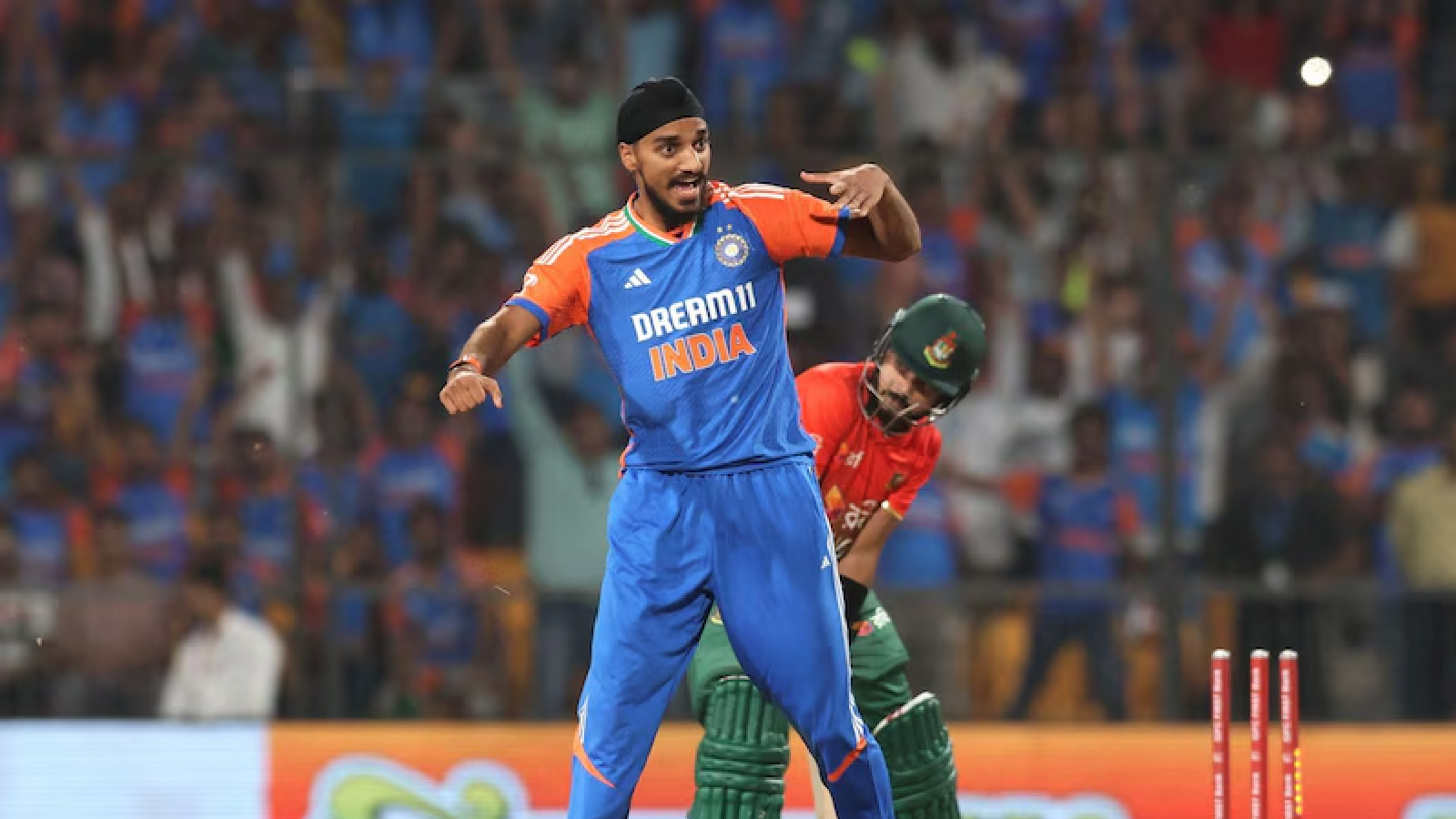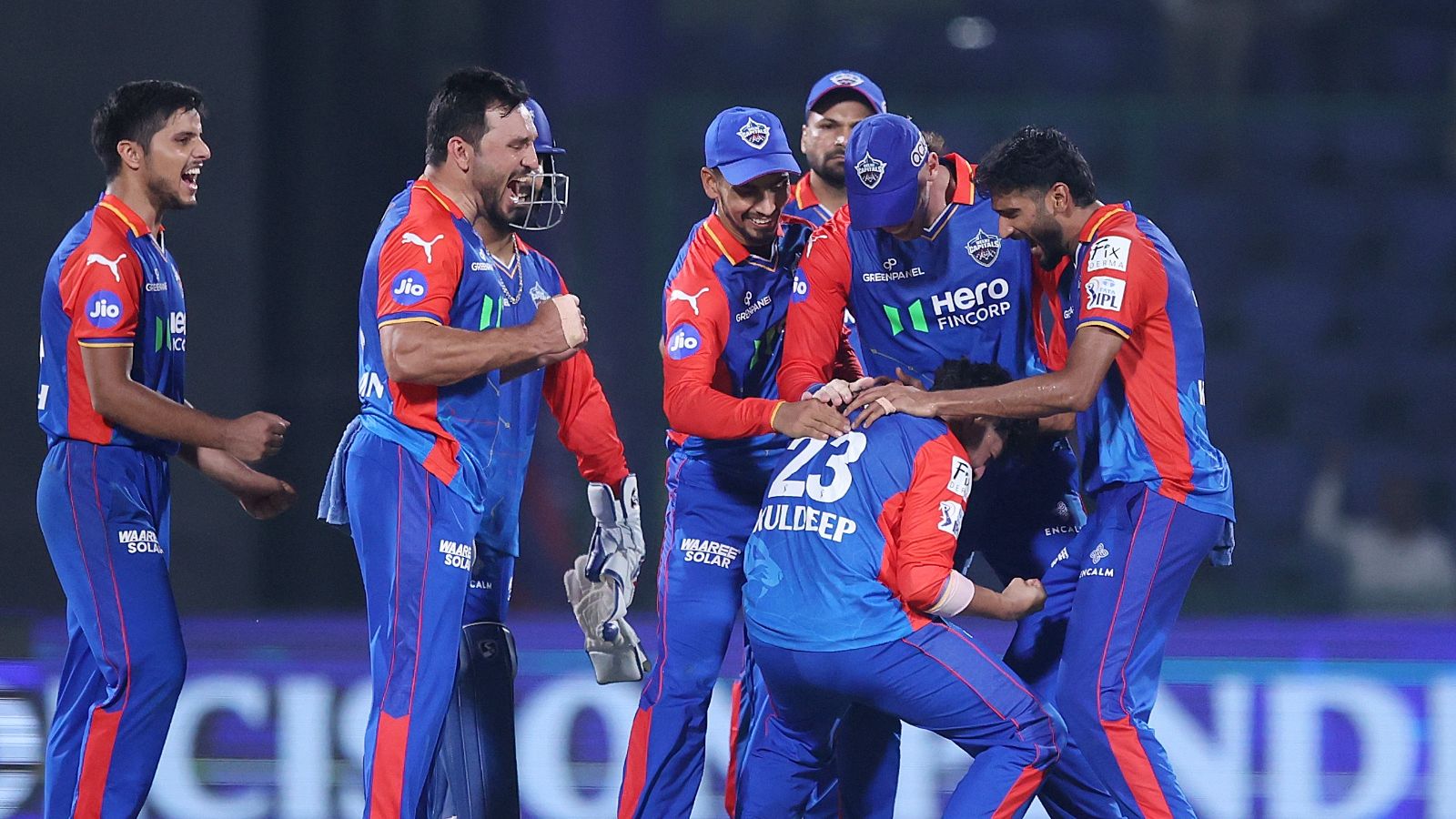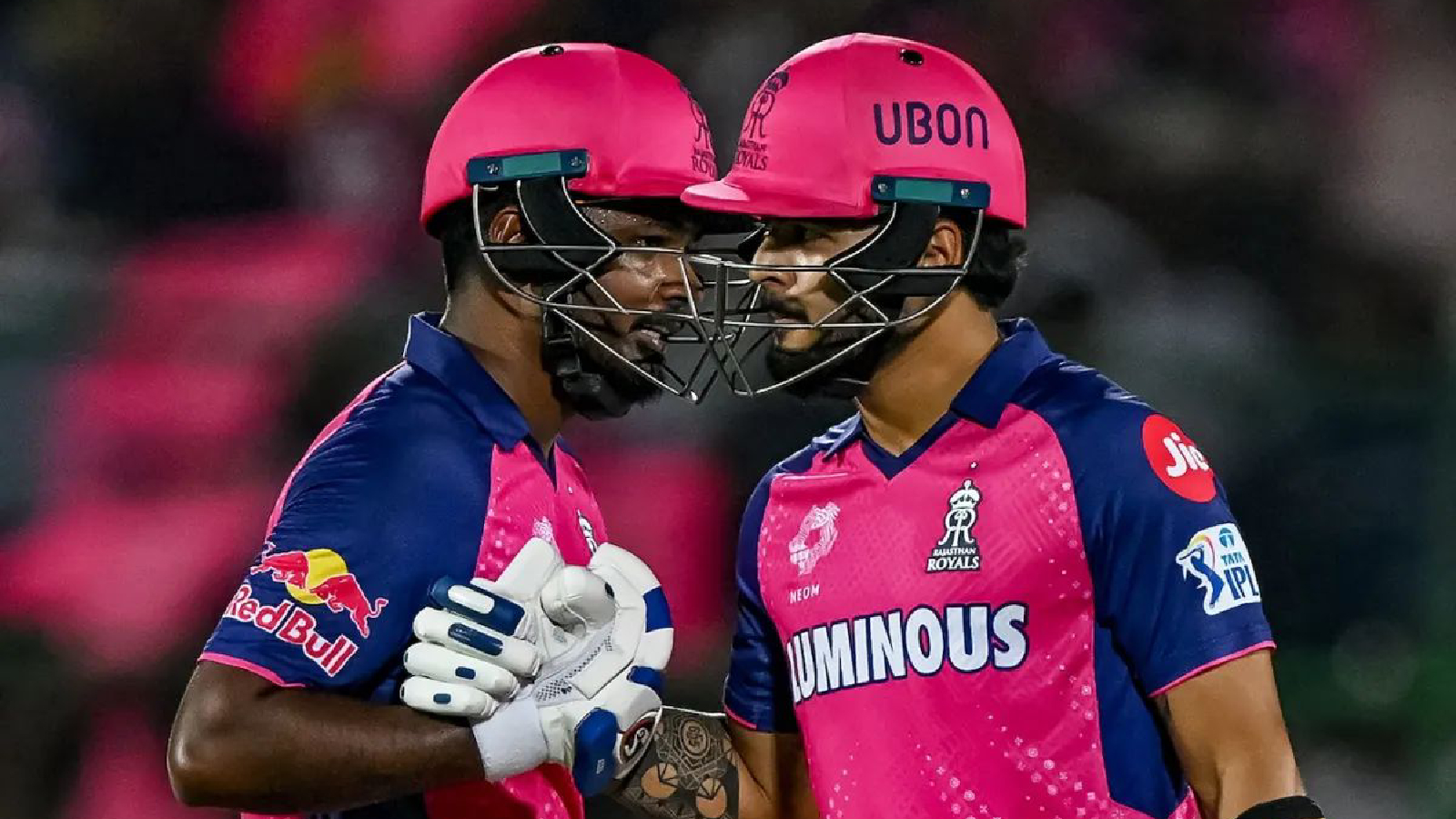There are several points from where India can begin the forensics of a momentous home Test series defeat to New Zealand. But more instantly, they will confront their superior tormentor – batting against spin – again on a red-soil strip at the Wankhede Stadium.
Even the impulsively optimistic fan will have reservations about this riposte from the shaken hosts. Without overreacting, as Rohit Sharma would want, the faithful will believe the team management has tacitly begun to examine the feet of their premier right-hand batters against spin, particularly the left-arm clan.
Captain Rohit and his predecessor, Virat Kohli, have endured similar career graphs against left-arm orthodox spinners, embedding crests and troughs of identical amplitudes.
The tribe hardly ruffled Kohli and Rohit in the pre-World Test Championship era. However, the capricious downfall since 2020 has regressed their effectiveness on turners and even moderately placid home pitches across three WTC cycles in the last four years. Whatever bug hit the duo before the post-COVID red-ball return caught up with the other Indian batters too, including the younger crop.
|
Overall v Left-arm orthodox spin (Tests) |
Inns |
Runs |
Balls |
Outs |
Avg |
4s |
6s |
|
Virat Kohli (2013-19) |
52 |
775 |
1414 |
7 |
110.71 |
68 |
6 |
|
Kohli since 2020 |
31 |
369 |
825 |
11 |
33.54 |
30 |
2 |
|
Rohit Sharma (2013-19) |
19 |
357 |
581 |
7 |
51 |
40 |
10 |
|
Rohit since 2020 |
25 |
376 |
700 |
13 |
28.92 |
41 |
4 |
A red-ball regular only from the start of this WTC cycle, Shubman Gill has already listed a worrying profile that resonates more with the ageing versions of Rohit and Kohli rather than handing spurts of promise against left-arm spin.
When India opted for a refined off-spin attack against the left-hand-heavy New Zealand after the Bengaluru Test, the Kiwi counter was super-effective. Three days in Pune, and the visitors had allowed left-arm spinner Mitchell Santner to bag the first two five-wicket hauls and the best match figures (13/157) of his 29-Test career.
Anatomy of a fall
Domestic batting legend Wasim Jaffer cannot pinpoint a reason for the slump but insists India’s foremost concern at home is their spin-batting. “Foreign teams will find it hard but even we have struggled as a batting unit,” he says.

Kohli’s first-innings shocker against Santner in Pune – missing out on a low full-toss onto the stumps – could be more than just a ‘brain fade’ or aberration.
A closer inspection would tell that the faulty slog-sweep is not entirely different from Kohli’s dismissal against Bangladesh veteran Shakib Al Hasan during last month’s Kanpur Test. Left-armer Shakib, as opposed to Santner, went comparatively flatter and consequently landed the ball just short of the fuller length; Kohli’s front-footed heave swooshed past the line as the ball hit the middle stump with the angle.
Meanwhile, Santner mopped up Kohli with pronounced flight and a similar angle that landed right under the toe of the bat. There was negligible drift to put Kohli under the pump, but the round-arm releases from around the stumps are seemingly enough to cast doubts in the India No.4’s mind.
As per Cricket-21 data, the two slog-sweep dismissals account for two of the four times Kohli has been out playing left-arm spin on the front foot since 2020. The average (53) is still appreciable when he has tackled left-armers on the front in this period, scoring 212 runs. But in the first half of his career between 2011 and 2019, Kohli only fell twice on the front foot, amassing 443 runs.
The distending concern is Kohli’s back-foot degeneration against the left-arm tweakers, an example he laid out in the second-innings of the Pune Test, versus Santner again. Since 2020, Kohli has fallen seven times to left-arm spin on the backfoot – averaging 19.4 – all in the sub-continent. All seven of these dismissals are either bowled or leg-before. Contrastingly, his long-time teammate Rohit has struggled to tackle the left-armers while moving forward.
A general hallmark of Rohit’s batting prowess in Tests has been his takedown of spin on his day. Rohit has struck more sixes (55) against spin and averages higher (45.28) against the tweakers than the quicks in his career. During his non-opening days between 2013 and 2018, Rohit walloped left-arm spinners for 71 runs in only 39 deliveries with seven fours and five sixes and was never dismissed.
The shares have dwindled drastically afterwards. Rohit has aggregated only 59 runs in 60 balls with four dismissals while charging down to the left-armers in the last four years. Rohit’s front-foot stride has also marked eight dismissals in the period, including his latest against Santner. Five of Rohit’s 17 dismissals at home this year also belong to the left-armers. The 37-year-old has been stumped four times in his career, all of it coming in the World Test Championship era against slow left-arm spin.
|
India batting at home |
Between 2013-18 |
2019 onwards |
|
Batting average |
41.55 |
36.23 |
|
Total innings (players) |
438 |
415 |
|
Total dismissals |
369 |
359 |
|
Wickets lost against left-arm spin |
58 |
122 |
|
Left-arm spin bowling SR |
81.1 |
59.3 |
|
Left-arm spin bowling Average |
43.1 |
36.77 |
Left vs Right conundrum
This isn’t essentially highlighting a weakness of India’s two senior-most batters alone. The Rohit-Kohli phenomenon extends to an India crisis against left-arm spin.
Between 2013 and the end of 2018 when India racked up 10 consecutive home series wins with a solitary Test defeat, the batters averaged 41.55 in 438 combined innings. There was also a higher grade of 50-plus scores for Indian batters, with 41 centuries and 66 50s while losing 363 wickets to bowlers. The Indians were least troubled by left-arm spinners, who only accumulated 15.9 per cent (58) of the total wickets at a trifling 81.1 strike rate.
Since 2019, India have been infested by left-arm spin attacks, conceding 122 of their 348 wickets to the club. Once a nominal challenge, left-arm spin has evolved to become the most potent bowling class to deflate India in India. The left-armers have improved their strike rate by a resounding margin to 59.3, bettering right-arm pace (66.1) and spin (64.5).

Jaffer believes that left-arm spinners have evolved in probing right-handers around the bat. “The left-armer’s angle poses more problems. They generally bowl stump-to-stump and batters can read the spin wrong. They challenge both the outside and inside edges plus lbws and bowled dismissals come into contention. Against off-spinners on turners, you can get away with the outside-edge plus the impact can be outside off-stump,” Jaffer explains.
Five of the top 10 match-bowling figures from visiting teams in India this century have been credited to left-arm spinners, three of which have cropped up within the last three years.
|
Leading Indian right-handers against left-arm spin in Tests since 2020 |
|||||
|
Player |
Movement |
Inns |
Runs |
Outs |
Avg |
|
Virat Kohli |
Front Foot |
31 |
212 |
4 |
53 |
|
Rohit Sharma |
Front Foot |
25 |
211 |
8 |
26.4 |
|
Shubman Gill |
Front Foot |
28 |
196 |
9 |
21.8 |
|
Virat Kohli |
Back Foot |
30 |
136 |
7 |
19.4 |
|
Rohit Sharma |
Back Foot |
21 |
106 |
1 |
106 |
|
Shubman Gill |
Back Foot |
29 |
135 |
2 |
67.5 |
|
Virat Kohli |
Charging |
3 |
21 |
– |
|
|
Rohit Sharma |
Charging |
18 |
59 |
4 |
14.8 |
|
Shubman Gill |
Charging |
16 |
40 |
1 |
40 |
Source: Cricket-21
The two-time WTC finalists have attempted to curb this specific threat in their backyard by slotting in three left-handers – Yashasvi Jaiswal, Rishabh Pant and Ravindra Jadeja – in the top seven. But the staggering dips of their right-handed stars are an unabating concern.
The over-dependence on training against side-arm throwers has deteriorated the defences, feels Jaffer. “The batters play side-armers a lot more to prepare for the 140-plus deliveries. They don’t even face that many bowlers in training and I don’t think they play spin as much compared to before.
“The nature of the game is to attack and I don’t think today’s batters focus on the defensive game that much. That probably is the issue. The first thing that comes to their mind is to attack and that can sometimes be your downfall,” observes Jaffer.
Rohit has fallen the most (13) to left-arm spin since 2020, with Kohli (11) and Gill (11) following suit. The out-of-favour Cheteshwar Pujara was nearly flawless countering the left-armers on the back foot and with his typical advances down the surface but fell seven times on the front foot in this phase, two more than his entire career haul between 2010-18. Shreyas Iyer was briefly favoured for his superior game against spin in the middle-order. But the Mumbaikar was toppled by left-arm spin nine times in only 17 meetings before other setbacks deprived him of a spot.
Even the young Sarfaraz Khan has found the initiation tricky, with three of his five sub-20 dismissals occurring at the hands of the left-armers. It was exaggerated sharply when Santner extracted Sarfaraz’s off-stump on his fourth delivery during the 359-run chase in Pune.
The deterioration is particularly diabolical for Rohit and Kohli at a time when left-arm spinners have become a staple presence in front-line Ranji Trophy XIs. In Jadeja, Axar and Kuldeep, healthy competition is alive even within the national set-up.
Jaffer, though, does not believe playing domestic red-ball games will help them with a necessary fix. “They have played so much that they can work on the flaws on their own.”
After the Mumbai Test, India will only return for red-ball rigours back home next October. An unwritten spin-batting gauntlet will await India’s supremos, should they opt to stay put and help rebuild a coveted home record from scratch.
I’m Manas Ranjan Sahoo: Founder of “Webtirety Software”. I’m a Full-time Software Professional and an aspiring entrepreneur, dedicated to growing this platform as large as possible. I love to Write Blogs on Software, Mobile applications, Web Technology, eCommerce, SEO, and about My experience with Life.






